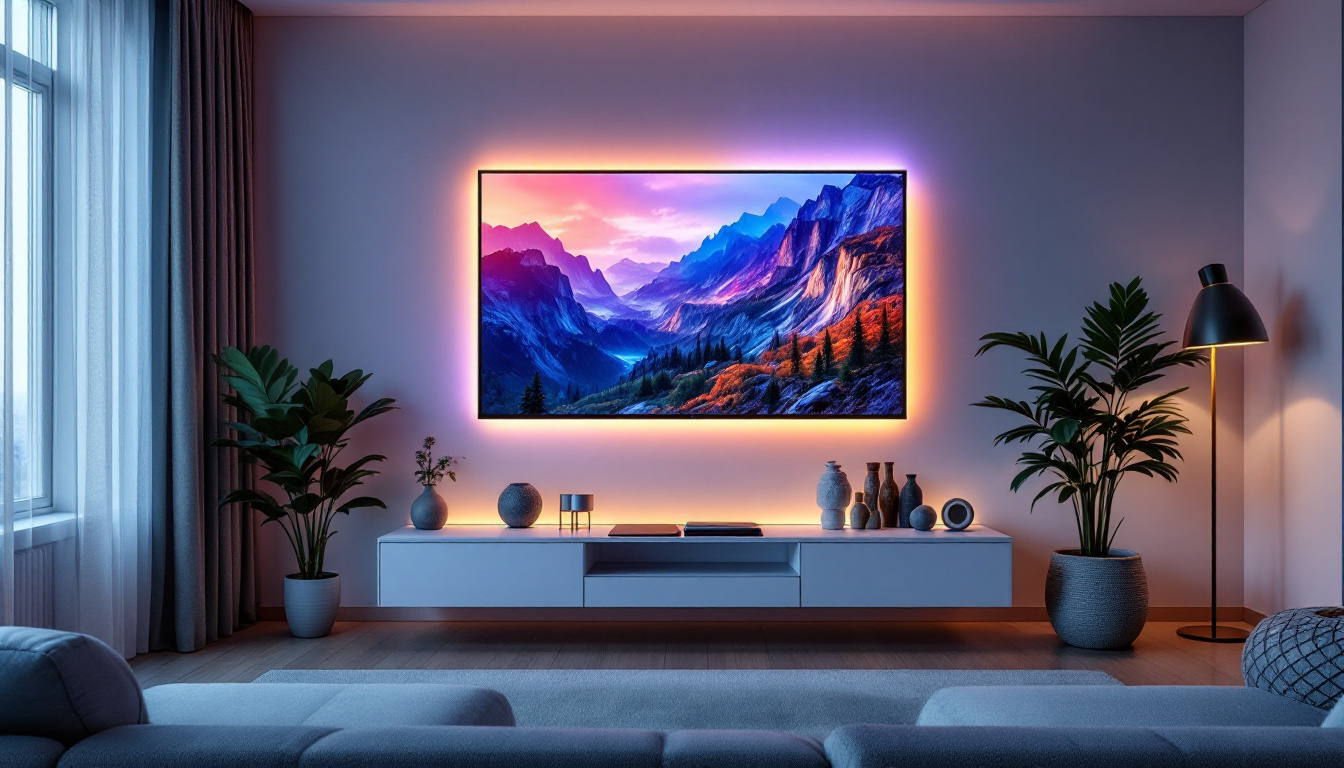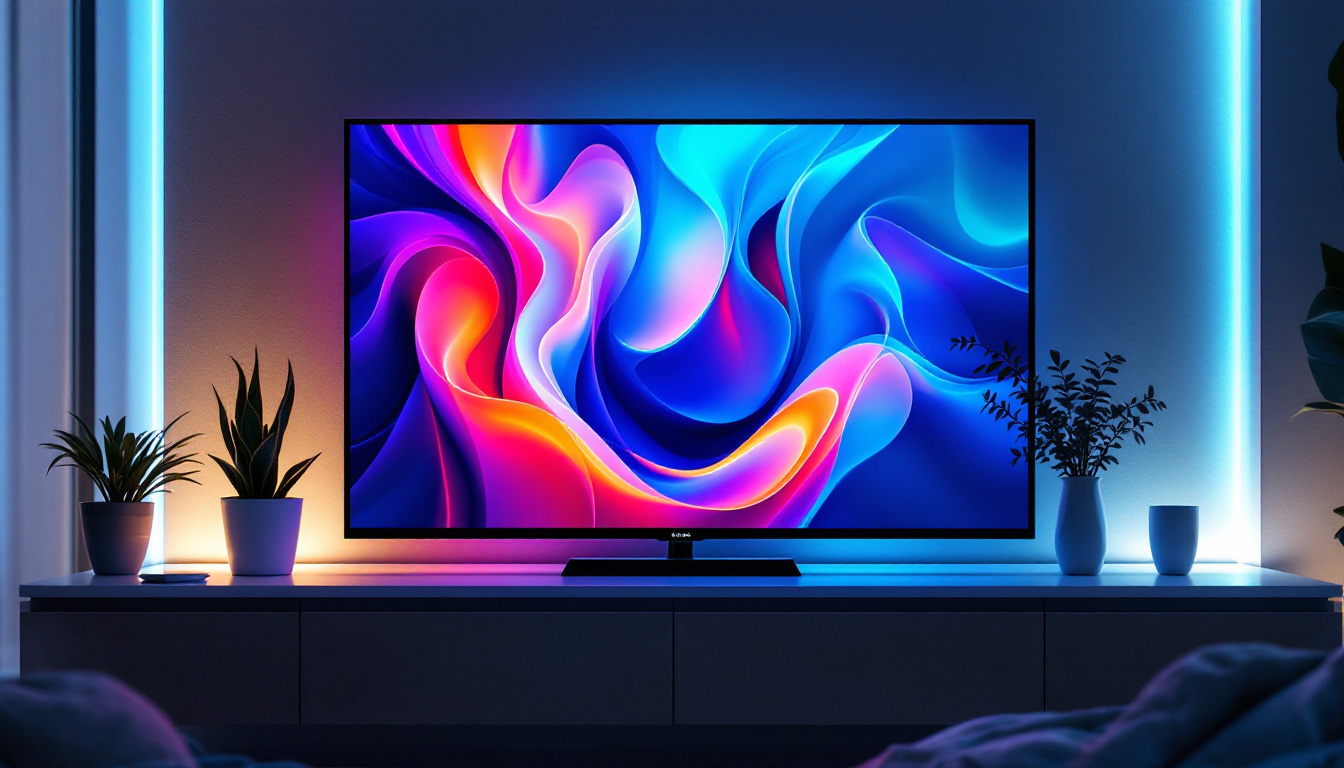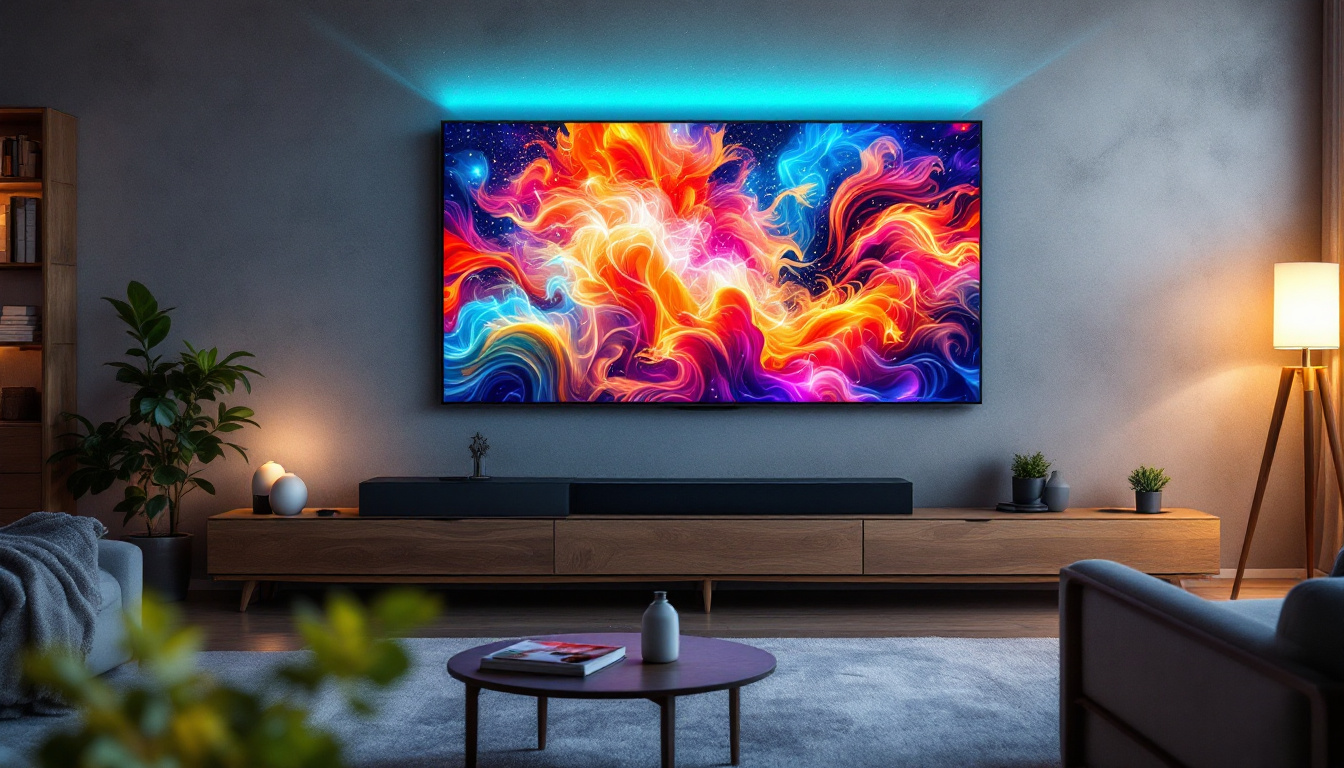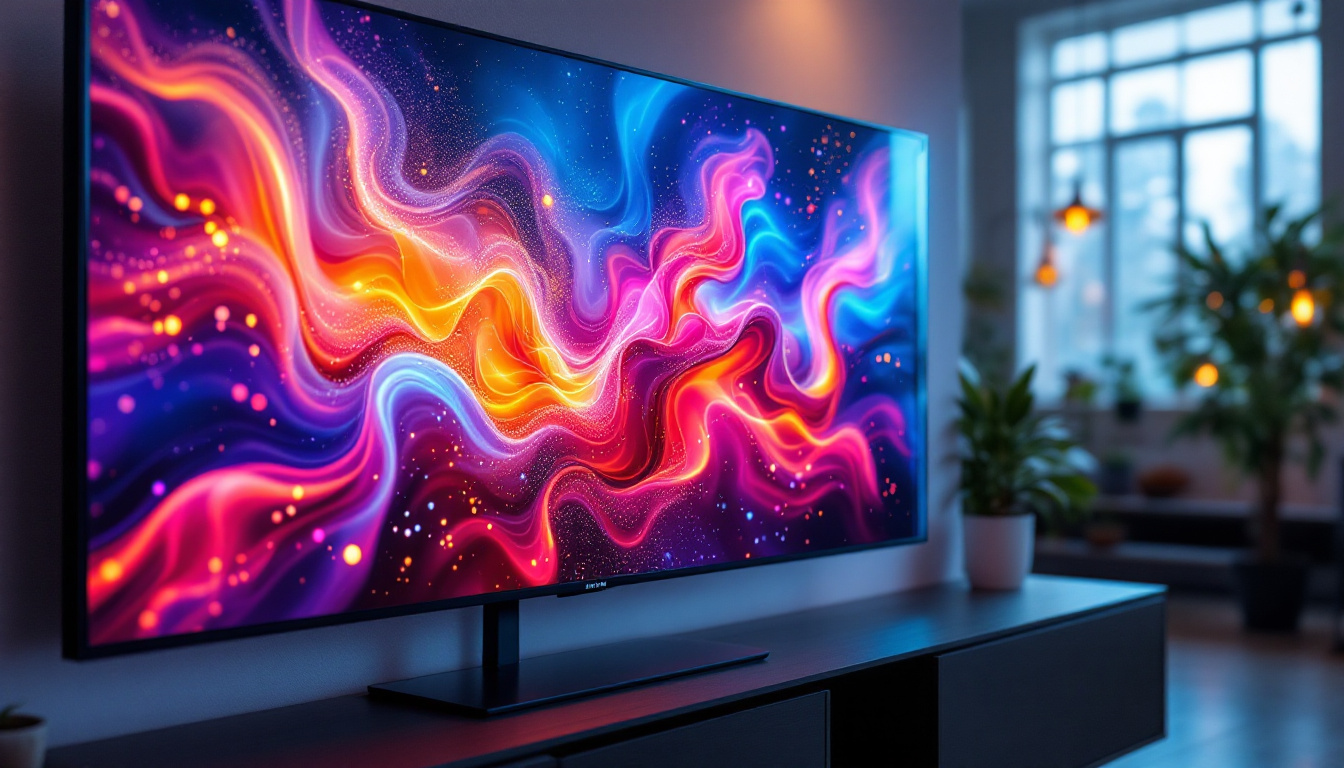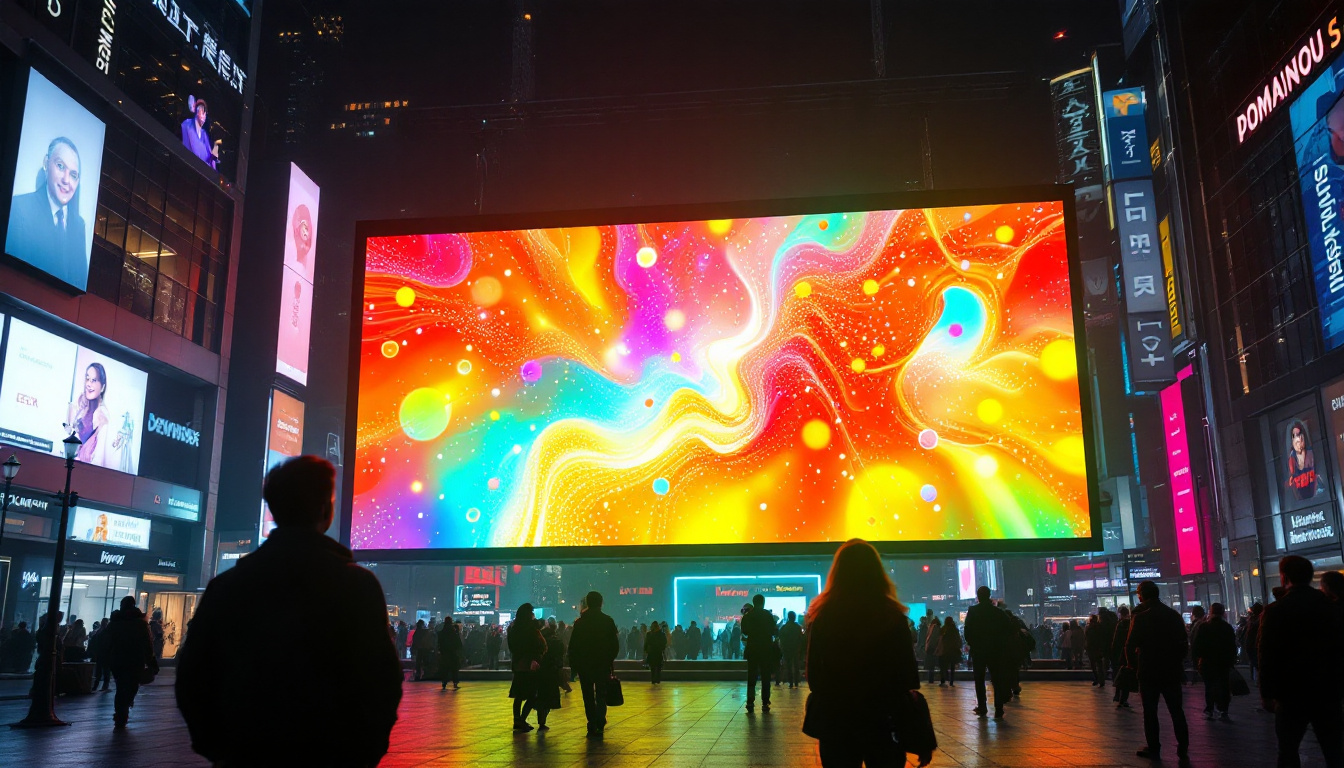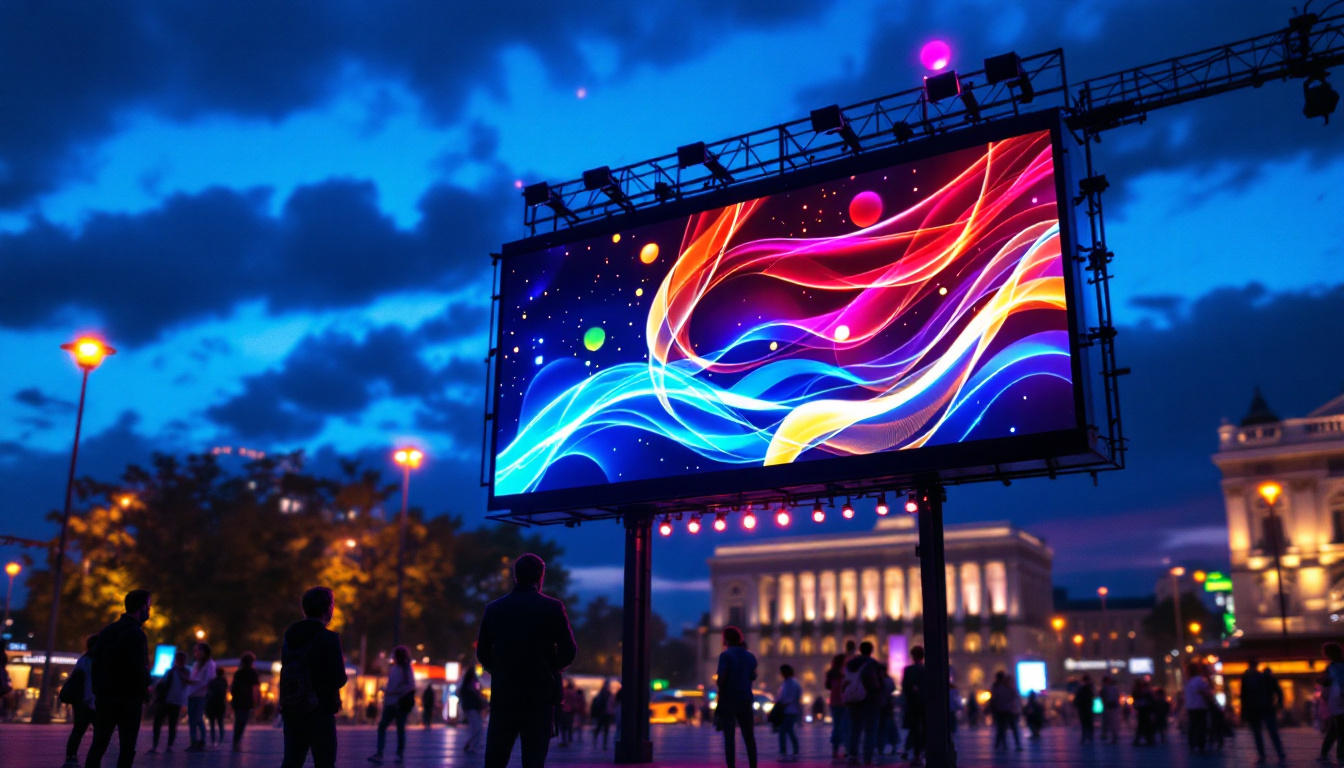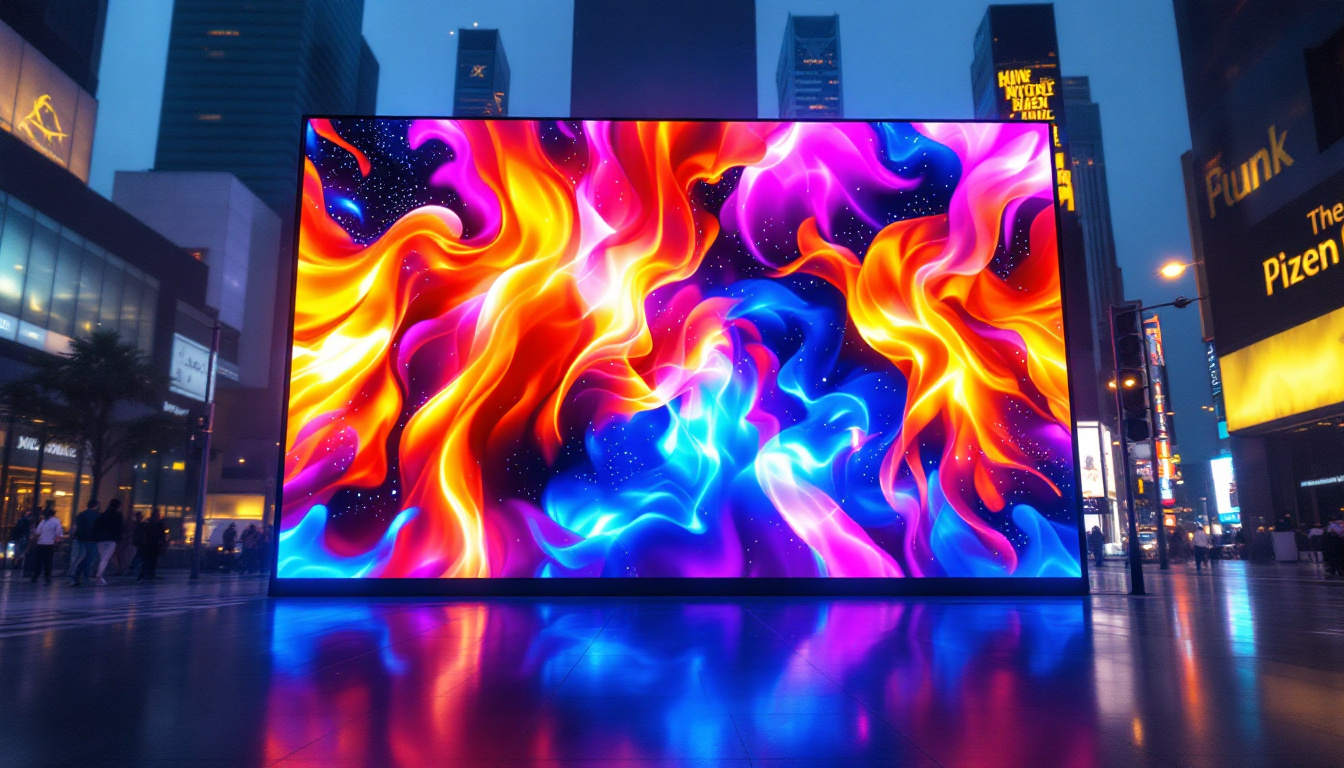The world of display technology has evolved significantly over the years, with various innovations enhancing the viewing experience. Among these advancements, Direct LED LCD (Liquid Crystal Display) technology has gained prominence for its ability to deliver superior picture quality and energy efficiency. This article delves into the intricacies of Direct LED LCD displays, exploring their functionality, advantages, and applications.
Understanding Direct LED LCD Technology
Direct LED LCD technology refers to a type of LCD display that uses LED backlighting directly behind the liquid crystal panel. This contrasts with traditional LCD displays that utilize fluorescent lamps for backlighting. The direct application of LEDs allows for more precise control over brightness and contrast, leading to improved image quality. This technology has gained popularity not only in televisions but also in computer monitors, smartphones, and other display devices, as it provides a more immersive viewing experience.
How Direct LED Backlighting Works
In a Direct LED LCD display, numerous small LED lights are positioned directly behind the LCD panel. These LEDs can be individually controlled to adjust brightness levels, creating deeper blacks and brighter whites. This capability is crucial for enhancing the overall contrast ratio of the display. The arrangement of these LEDs can vary, with some displays using a grid pattern that allows for more localized control over specific areas of the screen.
When a specific area of the screen needs to be darker, the corresponding LEDs can be dimmed or turned off entirely. This feature, known as local dimming, significantly enhances the display’s ability to produce rich, vibrant colors while maintaining detail in shadowy scenes. Additionally, the ability to manipulate light in this way not only improves the visual quality but also contributes to energy efficiency, as less power is used when dimming specific areas of the display.
Comparison with Edge-Lit LED Displays
Edge-lit LED displays, another popular type of LCD technology, have LEDs positioned along the edges of the screen. While this design allows for thinner displays, it often compromises the uniformity of brightness across the screen. In contrast, Direct LED LCD displays provide more consistent illumination, resulting in a more uniform viewing experience. This is especially important for content creators and gamers who rely on accurate color reproduction and consistent brightness levels for their work and enjoyment.
Moreover, the local dimming feature found in Direct LED displays is typically more effective than in edge-lit models, making them a preferred choice for high-quality television and monitor applications. The enhanced contrast and color accuracy of Direct LED displays make them particularly appealing for watching movies and playing video games, where visual fidelity can significantly impact the overall experience. As technology continues to evolve, manufacturers are also exploring new ways to integrate features like HDR (High Dynamic Range) into Direct LED displays, further pushing the boundaries of what these screens can achieve in terms of dynamic range and color depth.
Advantages of Direct LED LCD Displays
Direct LED LCD displays offer several advantages that make them an attractive option for consumers and businesses alike. These benefits range from improved image quality to energy efficiency, making them suitable for various applications.
Enhanced Picture Quality
One of the most significant advantages of Direct LED LCD technology is its ability to produce superior picture quality. The precise control over backlighting allows for deeper blacks and brighter colors, resulting in a more immersive viewing experience. The local dimming feature enhances the contrast ratio, making images appear more dynamic and lifelike.
Additionally, Direct LED displays often support a wider color gamut, allowing for more accurate color reproduction. This capability is particularly beneficial for applications such as graphic design, video editing, and gaming, where color accuracy is paramount. The enhanced picture quality not only elevates the viewing experience for entertainment but also ensures that professionals can rely on the fidelity of their displays for critical tasks, such as photo retouching and color grading.
Energy Efficiency
Energy efficiency is another key advantage of Direct LED LCD technology. Compared to traditional LCD displays that rely on fluorescent backlighting, Direct LED displays consume less power. The ability to dim or turn off specific LEDs when not needed reduces energy consumption significantly.
This efficiency not only lowers electricity bills but also contributes to a smaller carbon footprint, making Direct LED LCD displays an eco-friendly choice for consumers and businesses looking to reduce their environmental impact. Additionally, many Direct LED displays come with energy-saving features like automatic brightness adjustment based on ambient light, further enhancing their energy efficiency and making them a smart choice for organizations aiming to implement sustainable practices in their operations.
Longevity and Durability
Direct LED LCD displays also tend to have a longer lifespan compared to traditional LCDs. The LED backlighting technology is inherently more durable, resulting in fewer instances of backlight failure. This longevity translates to lower maintenance costs and a better return on investment for businesses that rely on display technology.
Moreover, the resilience of Direct LED displays extends beyond just their backlighting. These displays are often built with robust materials that can withstand the rigors of daily use, making them ideal for high-traffic environments such as retail spaces, conference rooms, and Educational Institutions. The combination of durability and longevity means that businesses can focus on their core operations without the constant worry of display replacements or repairs, allowing for a more seamless integration of technology into their workflows.
Applications of Direct LED LCD Displays
The versatility of Direct LED LCD displays makes them suitable for a wide range of applications. From home entertainment to professional environments, these displays are increasingly becoming the standard choice.
Home Entertainment
In the realm of home entertainment, Direct LED LCD televisions are favored for their exceptional picture quality and energy efficiency. Consumers appreciate the vibrant colors and deep contrasts that enhance their viewing experience, whether watching movies, playing video games, or streaming content.
Moreover, the slim design of many Direct LED LCD TVs allows them to blend seamlessly into modern home decor, making them both functional and aesthetically pleasing.
Commercial Use
Businesses also benefit from Direct LED LCD technology. In retail environments, these displays are used for Digital Signage, showcasing promotional content and advertisements. The bright, clear images attract customers’ attention, driving engagement and sales.
In corporate settings, Direct LED LCD monitors are utilized for presentations and video conferencing. The high-quality visuals ensure that information is conveyed clearly, enhancing communication and collaboration among team members.
Healthcare and Education
In healthcare, Direct LED LCD displays are employed in medical imaging and diagnostic equipment, where clarity and color accuracy are critical. The ability to produce detailed images aids healthcare professionals in making informed decisions.
In educational institutions, these displays are used in classrooms and auditoriums for teaching and presentations. The sharp visuals facilitate better learning experiences, keeping students engaged and focused.
Challenges and Considerations
While Direct LED LCD displays offer numerous benefits, they are not without challenges. Understanding these limitations is essential for making informed decisions when selecting display technology.
Cost Considerations
One of the primary challenges associated with Direct LED LCD displays is their cost. Generally, these displays are more expensive than traditional LCDs and edge-lit models. For budget-conscious consumers or businesses, this initial investment may be a significant consideration.
However, it is essential to weigh the long-term benefits, such as energy savings and durability, against the upfront costs. In many cases, the enhanced performance and longevity justify the higher price tag.
Viewing Angles
Another consideration is the viewing angle. While Direct LED LCD displays offer excellent picture quality, some models may suffer from limited viewing angles. This limitation can lead to color distortion or decreased brightness when viewed from an angle, which may be a concern in certain settings, such as large conference rooms or family gatherings.
To mitigate this issue, it is crucial to research and select models known for their wide viewing angles, ensuring that all viewers can enjoy the display’s quality without compromise.
Future Trends in Direct LED LCD Technology
The display technology landscape is continually evolving, and Direct LED LCD displays are no exception. Several trends are emerging that promise to enhance the capabilities of these displays even further.
Integration with Smart Technology
As smart technology continues to permeate everyday life, Direct LED LCD displays are increasingly being integrated with smart features. This integration allows for seamless connectivity with other devices, enabling users to control their displays through smartphones, tablets, or voice commands.
Smart Direct LED LCD displays can also access streaming services, providing users with a more convenient and versatile viewing experience without the need for additional devices.
Advancements in Local Dimming Technology
Future advancements in local dimming technology are expected to enhance the performance of Direct LED LCD displays further. Manufacturers are exploring new methods to improve the precision of local dimming, allowing for even greater contrast ratios and improved black levels.
These advancements will likely lead to displays that can produce stunning visuals, making them even more appealing for both consumers and professionals.
Environmental Sustainability
As environmental concerns continue to rise, manufacturers are focusing on creating more sustainable Direct LED LCD displays. This includes using eco-friendly materials in production and designing displays that consume less energy without sacrificing performance.
Such initiatives not only benefit the environment but also resonate with consumers who prioritize sustainability in their purchasing decisions.
Conclusion
Direct LED LCD technology represents a significant advancement in display technology, offering enhanced picture quality, energy efficiency, and versatility across various applications. While there are challenges to consider, the benefits often outweigh the drawbacks, making Direct LED LCD displays a popular choice for consumers and businesses alike.
As technology continues to evolve, the future of Direct LED LCD displays looks promising, with innovations poised to enhance their performance and sustainability. Whether for home entertainment, commercial use, or professional applications, Direct LED LCD displays are set to remain at the forefront of display technology for years to come.
Discover LumenMatrix’s Advanced LED Display Solutions
Ready to experience the future of display technology? LumenMatrix is at the forefront of LED innovation, offering a wide array of cutting-edge LED display solutions tailored to meet your needs. From immersive Indoor LED Wall Displays to dynamic Outdoor LED Wall Displays, and from versatile Vehicle LED Displays to striking LED Sports Displays, our products are designed to captivate and engage. Embrace the power of visual communication with our Custom LED Displays, All-in-One LED Displays, and LED Transparent Displays. Elevate your brand’s visibility and create unforgettable visual experiences with LumenMatrix. Check out LumenMatrix LED Display Solutions today and transform the way you share your message.






